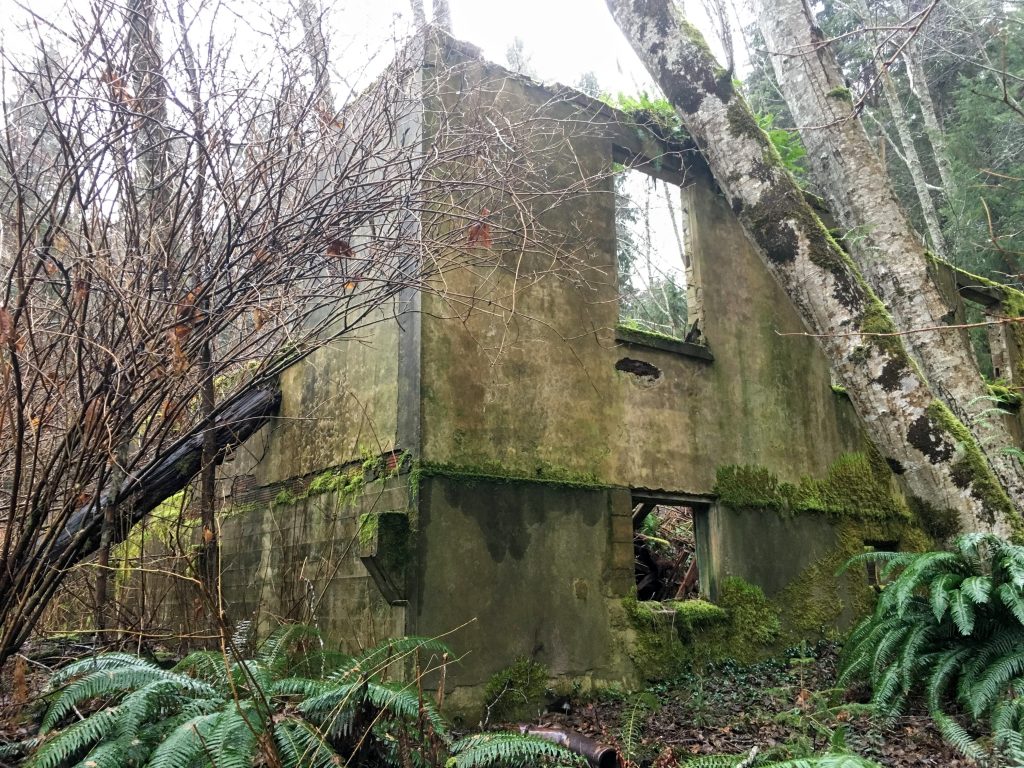Celebrating Conservation: 12 highlights of the conservation program in the last five years
Categories:
We try to feature as many conservation stories as possible on this blog. Conservation is, after all, integrated into every aspect of our work at BC Parks – our mission reflects on our work “protecting and managing for future generations a wide variety of outstanding park lands which represent the best natural features and diverse wilderness environments of the province.”
We want to take an opportunity over the coming months to really celebrate the conservation successes that we’ve seen as an agency. Our conservation team is small but mighty and are able to work collaboratively with other BC Parks staff, First Nations and partners to accomplish really incredible things.
To kick things off, we wanted to celebrate 12 highlights from our conservation program over the last five years.
1. Our BC Parks Licence Plate Program funded over $5 million towards conservation projects in parks across B.C. in its first five years! Examples of projects include restoring healthy ecosystems, preventing conflicts between people and wildlife, and learning more about what plants and animals are protected within BC Parks. Many of these projects would not have taken place without the incredible financial support the licence plate program has provided.
2. On another funding related note, the BC Parks Living Lab for Climate Change and Conservation Program has provided almost $500,000 in funding for 27 research projects in parks throughout B.C. Projects have looked at things like changes to glaciers, impacts of climate change on different species and ecosystems, and ways to predict what changes we can expect in the future.
3. We have continued to grow our work around adapting to and mitigating the effects of climate change. We have worked with partners to do extensive research on the impacts of climate change, mapping climate corridors, and completed a climate change vulnerability assessment for the West Coast . We are constantly looking at ways to provide guidance to staff on climate-informed decision making.
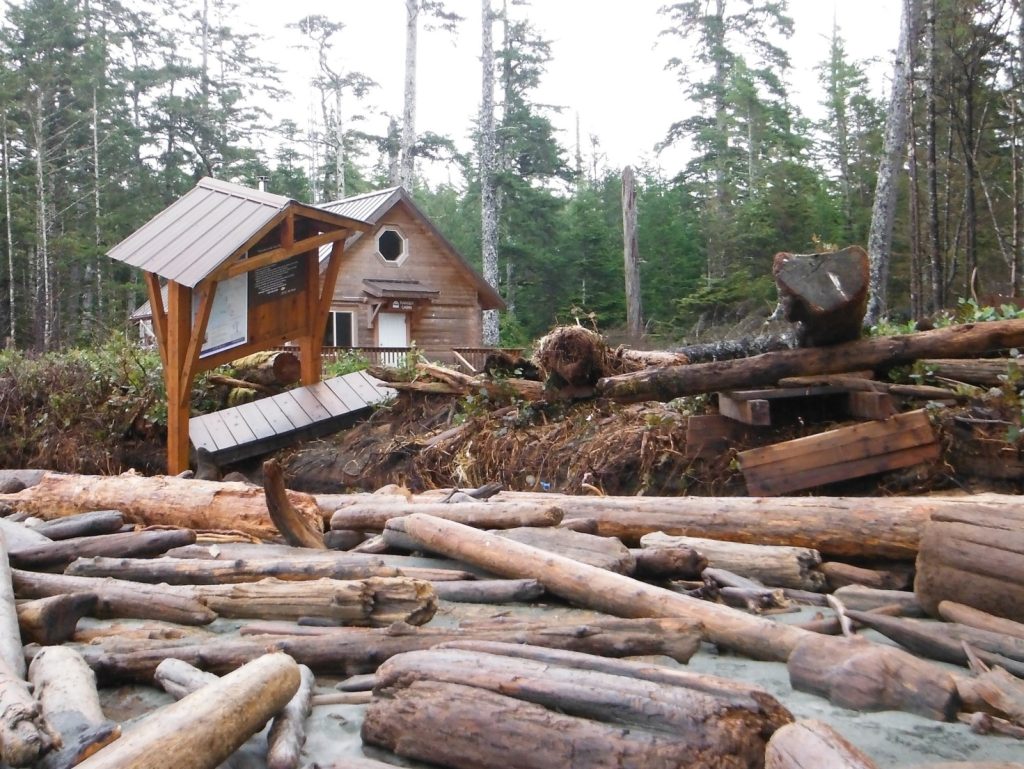
4. We’ve been continuously working on invasive species projects all over B.C. We also worked with the Invasive Species Working Group to develop an “Introduction to Invasive Species” online training module. This training builds knowledge on best management practices for those working and recreating on provincial public lands.
5. Licence plate funds have allowed our staff to be more actively involved in dozens of species at risk recovery efforts within parks including whitebark pine, bats, caribou, Vancouver Island marmot, Taylor’s checkerspot butterfly and more.
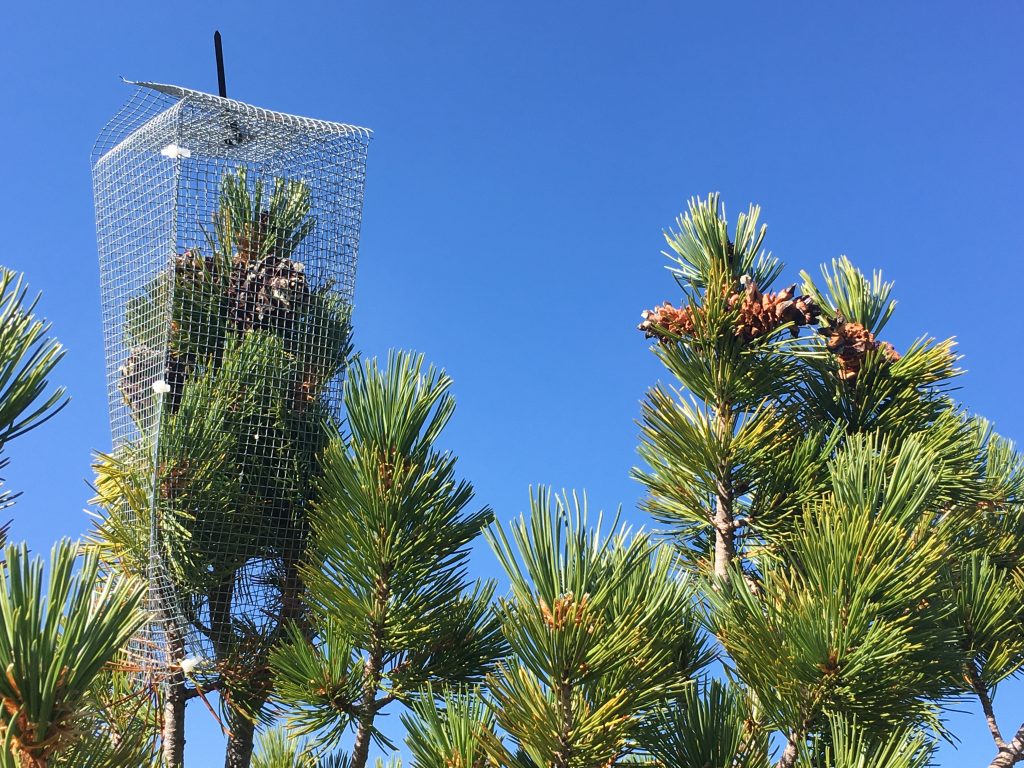
6. We strengthened relationships with more than 100 partners including Indigenous partners, BC Parks Foundation, universities throughout B.C., the BC Conservation Data Centre, other government agencies, the Royal BC Museum, and park user groups to support conservation in protected areas.
7. We increased efforts to reduce wildlife-human conflict and keep visitors safe. Many projects focused on managing interactions, including:
• limiting interactions between campers and mountain goats – goats are attracted to the rare salts and minerals that are left behind when people pee within campgrounds.
• encouraging people to clean equipment before going into areas where bats might be roosting to prevent the spread of whitenose syndrome, a dangerous fungus.
• piloting the Bare Campsite Program in Mount Fernie and E.C. Manning Provincial Parks, which educates campers on how to keep a tidy campsite that ultimately keeps both people and wildlife safe.
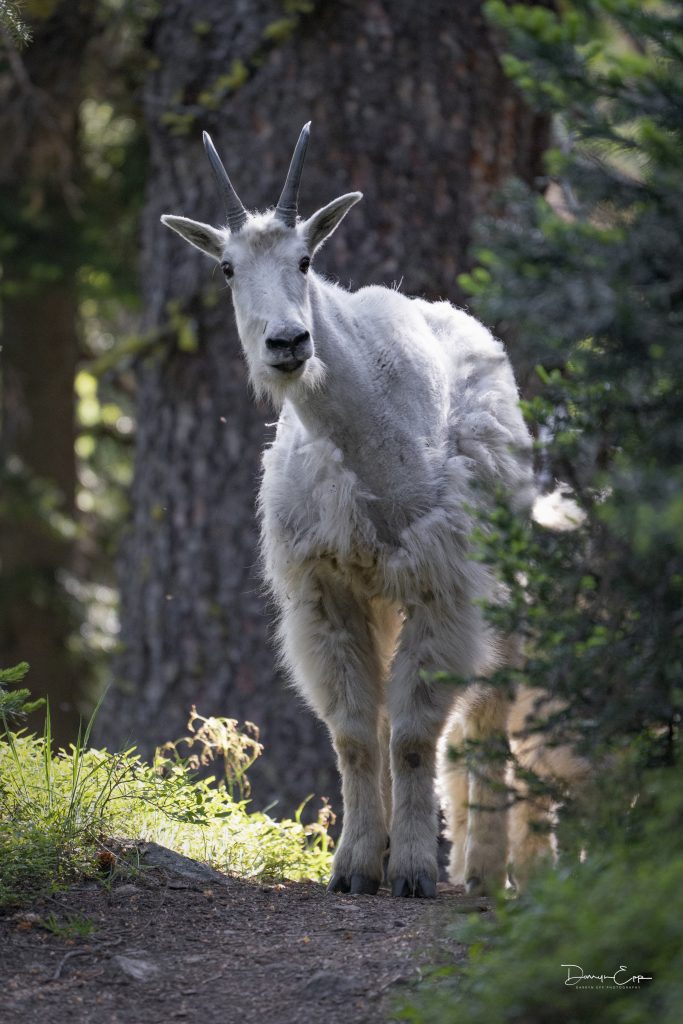
8. We increased our work in long-term ecological monitoring . These research sites, established all over the province, are monitored by staff and partners to measure long-term changes on the landscape. More than 300 long-term ecological monitoring sites were successfully measured over the last five years.
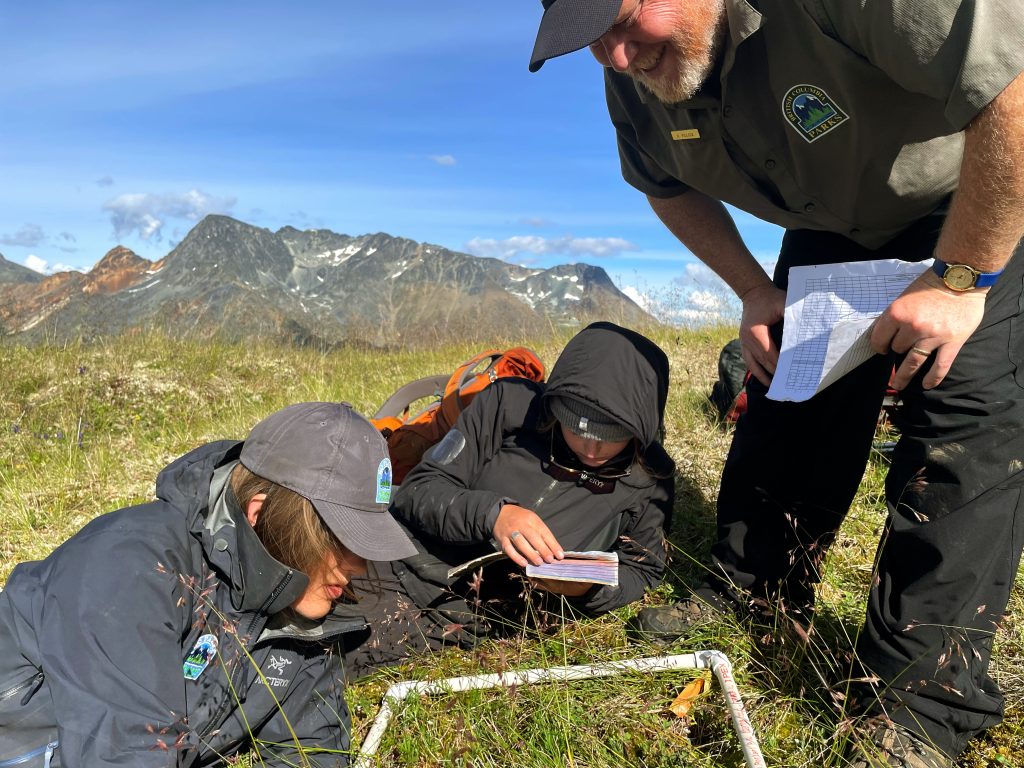
9. We worked with the University of Victoria and Simon Fraser University to launch iNaturalist in parks – with the help of student rangers, partner organizations like the BC Parks Foundation, the Hakai Institute, BC Parks staff, and other partners, iNaturalist has grown from less than 20,000 observations in 2019 to over 600,000 now!
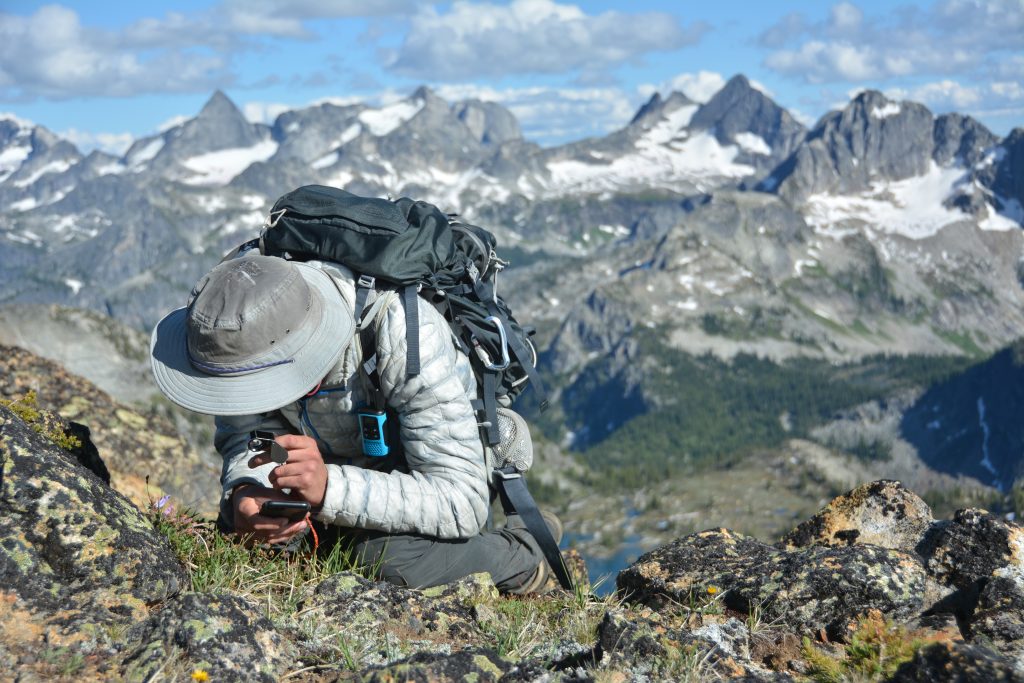
10. We led more than 35 projects to restore habitats and ecosystems to better support wildlife, species at risk and traditional use, with a particular focus on forest, wetland and coastal shoreline.
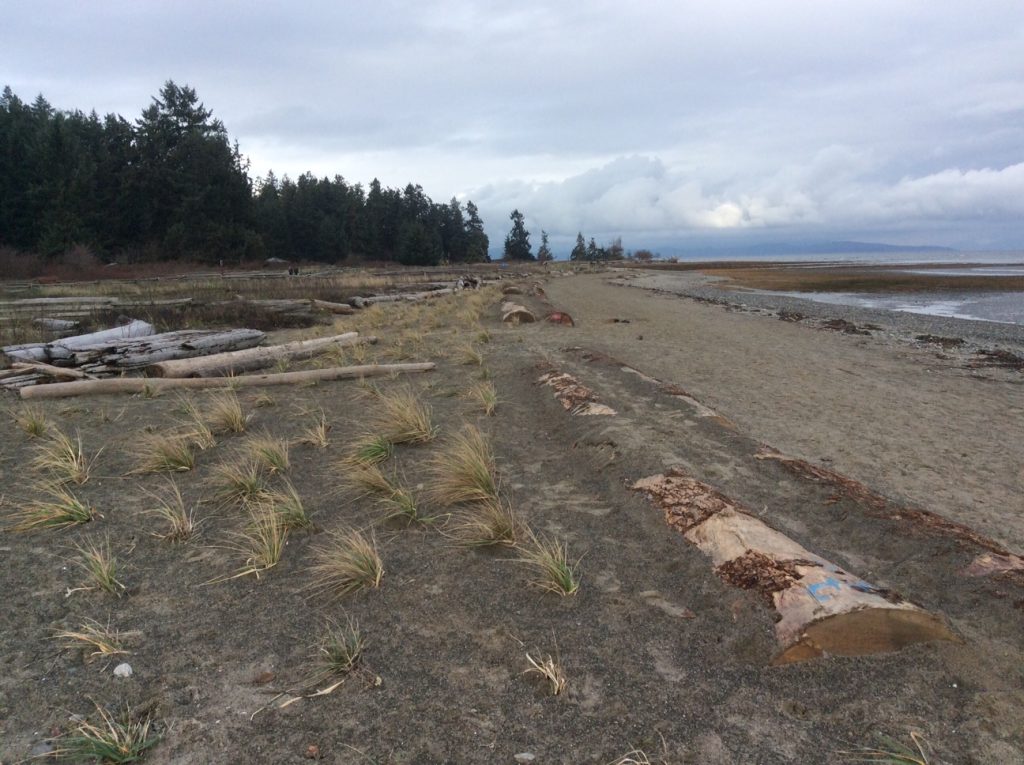
11. During the past five years, BC Parks has been working with the University of British Columbia’s “WildCo” lab to monitor wildlife activity in our parks using remote wildlife cameras (a.k.a. camera traps). More than 150 cameras have been deployed in Golden Ears, Joffre Lakes, Garibaldi, Cathedral, and South Chilcotin Mountains parks, yielding millions of images! This data will help BC Parks better understand how wildlife use some of our busiest backcountry parks through space and time.
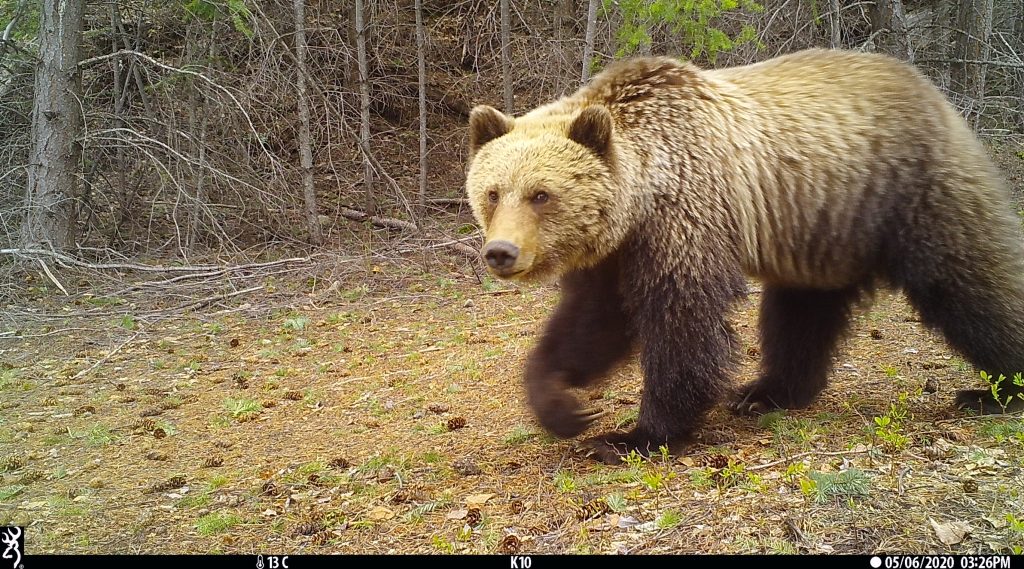
12. BC Parks has worked with partners to develop structure around how we work with communities to manage and care for cultural heritage in Parks. Cultural heritage can be anything – tangible or intangible – that has cultural meaning to a community. Through support from the Licence Plate Program, we worked with our BC Heritage branch to invest $100,000 in important heritage projects across the province including work on Hənʎəmdᶻi Məkola/Yorke Island Conservancy. As part of this work we also created a handbook that helps guide how we approach all cultural heritage management in Parks. In 2019 this work was recognized by Heritage BC.
